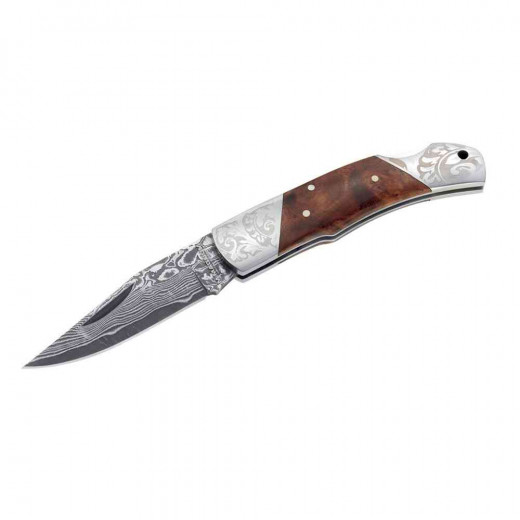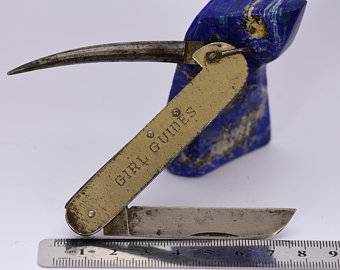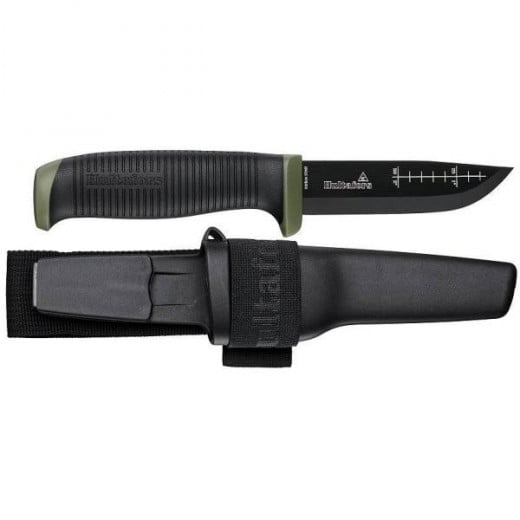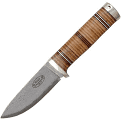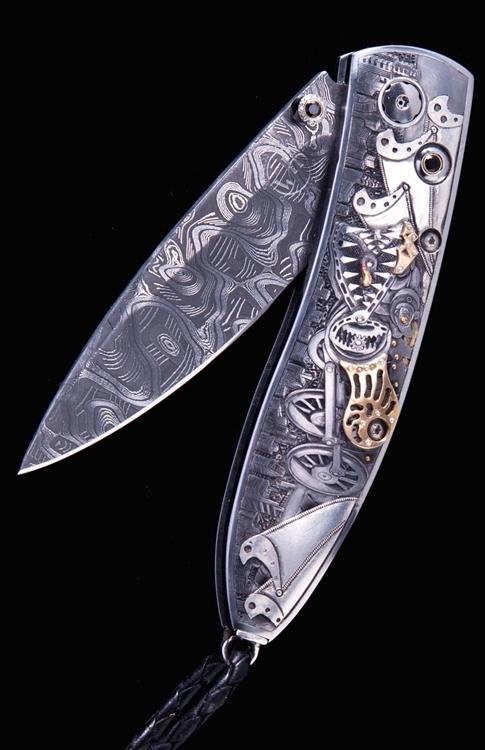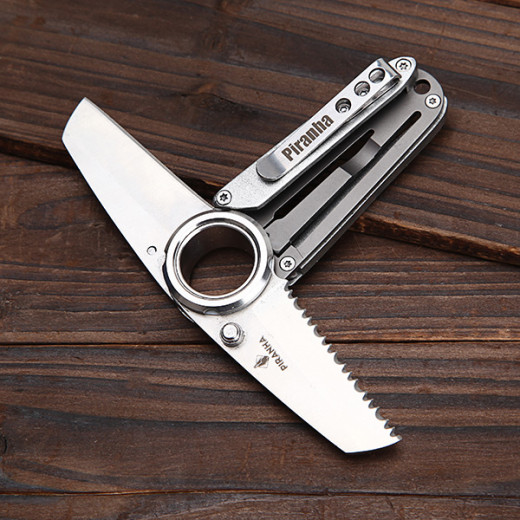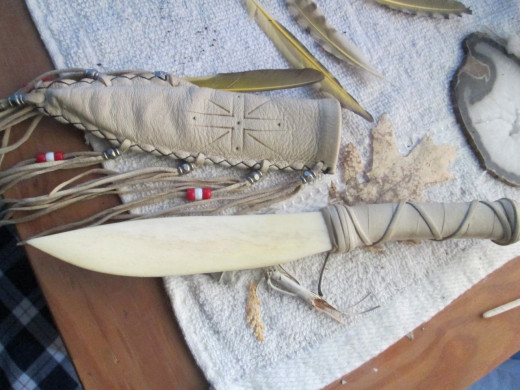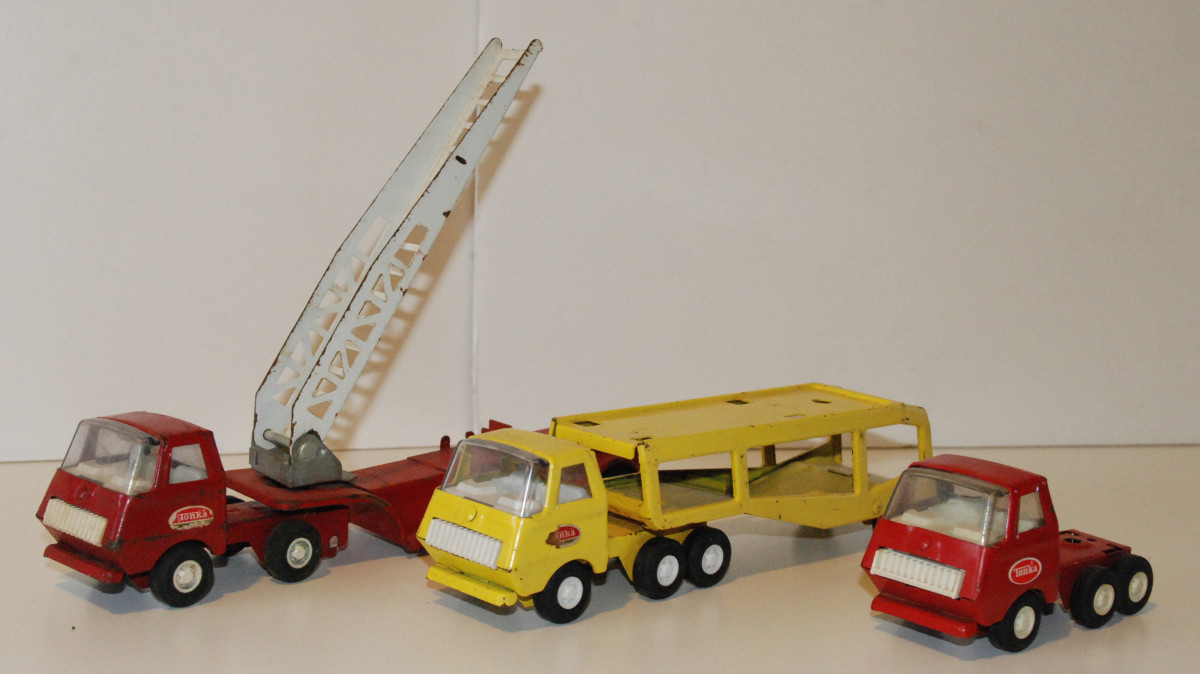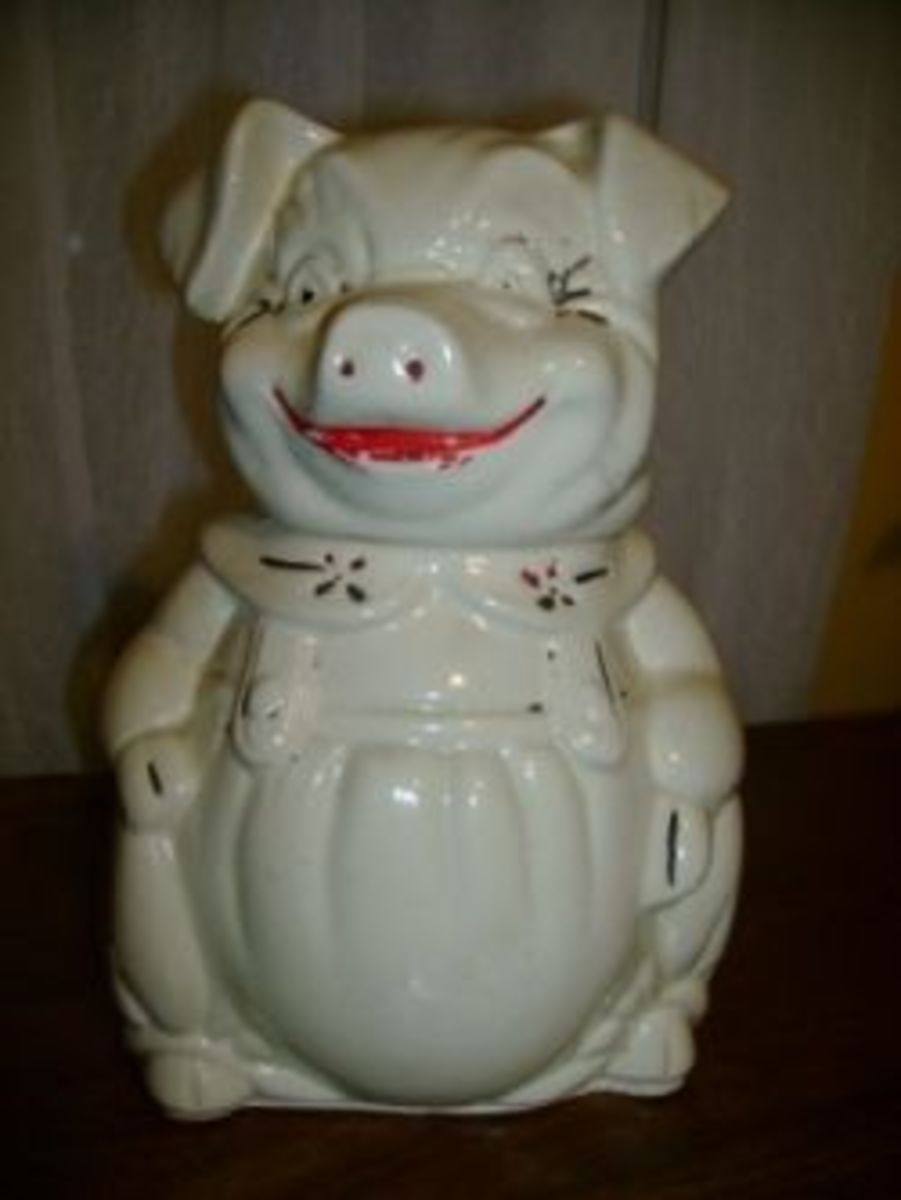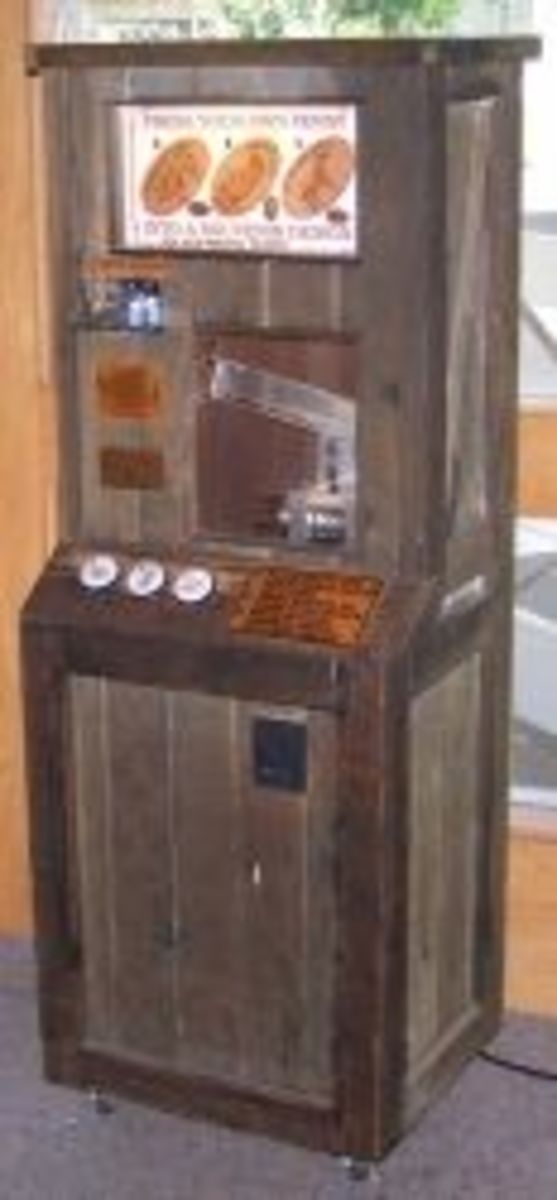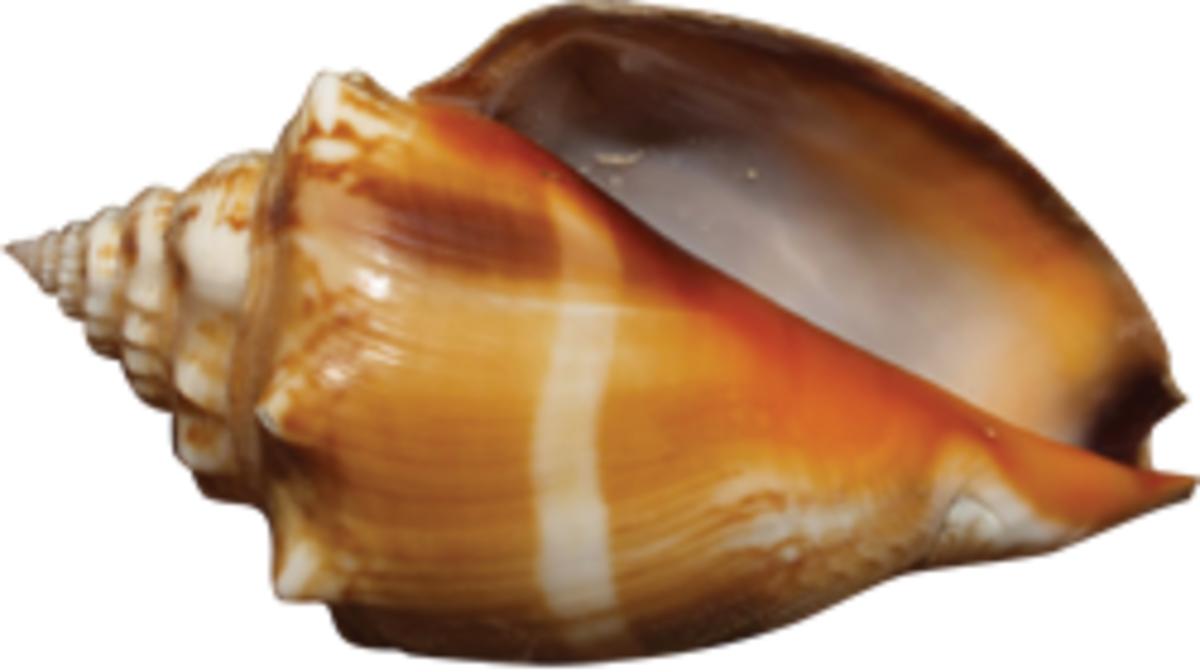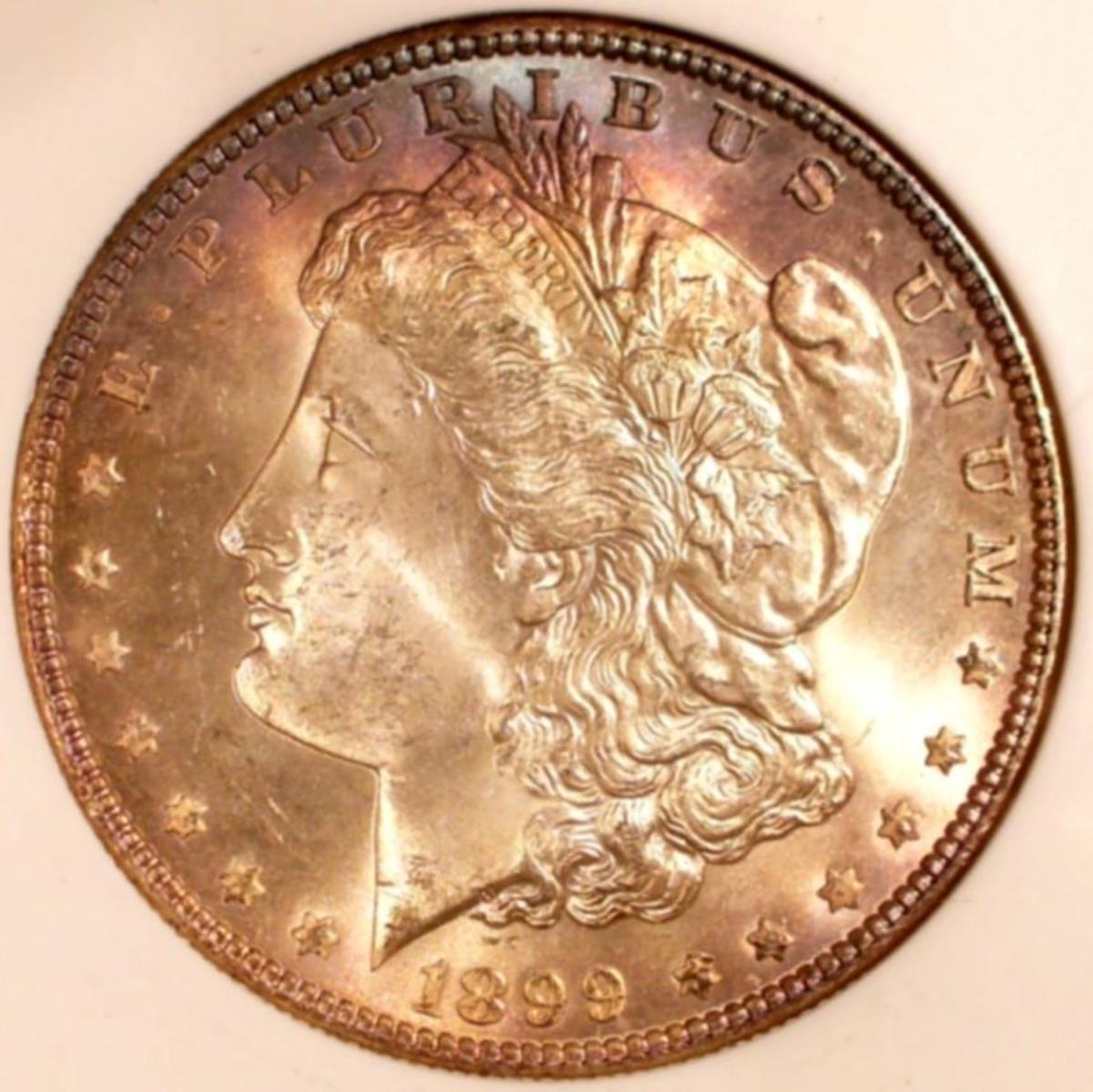Knife Collecting in 2020











Hubber, Mr. Happy, sent me the photo of the unique knife made from a buffalo rib bone.
In searching the cavernous, empty, booming inner chambers of my mind for something to do recently, I pondered, "What could I collect, something that would satisfy the anti-authority, establishment-baiting and soiciopathic make up of my character?"
Immediately, I heard a snapping and crackling through my neurotic neurons, "Why not be a knife collector!?"
If there's anything the British love to hate it's fixed knives, pocket knives and even the trusty kitchen bread knife, joyfully wielded by teenage gangsters-in-waiting and bravely attacking enfeebled pensioners.
And what could be a more manly hobby? OK, knitting, but I am seriously past that.
The uninitiated will be amazed, really gobsmacked, to find the depth and breadth of the world market for specialist knives. This peace-loving, humble wordsmith had no idea.
Where shall I start? OK, in the UK a three- inch, non-locking blade is the legal limit to allow anyone to carry a pocket knife, without a stated reason; (no fixed blades allowed on the streets, of any length). So the majority of enthusiasts for the larger hunting, bush-craft, machetes, and knives with longer blades live in the United States, Australia and countries where polishing off a six-pack and tearing through the streets chasing a terrifies kangaroo, wearing Speedos and a Davy Crockett hat, waving a 14-inch Bowie knife, is considered perfectly normal.
But as a collector, it's fine to have knives of any length, original purpose, and obviously murderous design, kept indoors.
Knives: good knives, modern and well-made, or vintage and an investment, are not cheap. The price depends on several factors: their rarity, if vintage; the steel employed in blade making; the material used in fashioning the handles. Add to that their use in the real world and the criticism or approbation of users all over the planet.
"Knife People," especially in the United States, are a world unto themselves but one in which they are more than happy to have you visit. (lots of videos on the Internet). Living in Britain, as this newbie collector does, means there are few sellers and limited selection, apart from two or three merchants who are discovering the value of importing and selling fine - and less fine - personal knifes for collectors or users. And the price in pounds Sterling usually exceeds the dollar price in the USA. Of course, postage prices can be high as well for these intrinsically heavy items.
But the main interest is in North American knife makers and merchandisers. In fact, my interest in knives primarily occurred upon the demise of one fine and huge knife company, Schrade, in 2004. I saw an advertisement in a US paper for a fire-sale of Schrade knives and was prompted to buy a beautiful Schrade "Bear Paw" hunting knife in a leather sheath. It was to be, sixteen years later, the proud keystone of my fledgling collection. It has more than doubled in value since.
I especially appreciate this fine tool today as I see "Schrade" knives (in name only) being made in China. To be honest, they look OK, like the originals, but experts say the quality isn't there, neither is the steel the quality employed by the original Schrade range before 2004.
The steel in a good knife has to possess several qualities, depending on the intended use. Most lower and medium priced knives use stainless steel, of varying specifications, today. This means a blade that will not tarnish or rust, wears well, looks lovely and shiny, but will usually not sharpen as well as the HC, high-carbon knives, or the more exotic blade steels.
Here, Damascus steel, both in vintage and modern knives, is the most admired, useful, attractive - and expensive. This steel, to put it simply, is made from up to 100 layers, bonded, hammered and treated to provide the best knife steel on the planet, Identified immediately by the complex patterns fused into the surface. You can - I just did - buy a small folding knife with a Damascus steel blade, for as little as $50! It's my first Damascus, and delivery is expected TODAY!
Most, however, fetch far more than this, the desired vintage models, for thousands of dollars - some with precious stones, over a million (2.2 million is the most on the Internet! see photos).
Damascus steel bladed knives are still being made and the range is $50 (my Boker Magnum Damascus Duke) to about $20,000. (like the Monarch Steampunk ). At the upper limits, the knives come under the catagory of fine art, and you will have a knife with a lifetime guarantee that will also prove a solid investment in the years ahead.
We don't have a surfeit of moose, buffalo, bears or wolves in the United Kingdom, and we are less for it. The US and Canada, etc., still do and serious hunters and wilderness lovers need and use knives made for these conditions. I mean, Crockett "killed him a bar" when he was only 16! What he was doing drinking anyway at that age? And waving a 14-inch?...you know, they were men then and size was no problem!
There's something satisfying and primitive in handling a fine knife. I don't have big 'bucks to buy (nor big bucks to kill), so my collection is quite modest; so far. I do have a "Bear Gryllis" machette which would face most British burglars down; heck, you could destroy a house with it!
I started off dirt cheap with plastic handles and 440-steel stainless blades, and am slowly graduating to a little pricier natural- material-handled (wood so far, not the exotic bone and antler, etc.), and the more expensive carbon-steel blades.
I have two folding display bags, each holding about 20 knives and one is full already!
One learns as one collects and reads about these ubiquitous "boy's toy's." Most of the most beloved knives to serious collectors are vintage. Although it could be argued that steel for general use in knives is far more advanced today that in the last Century and earlier. The exceptions for that are the early Damascus knives around which mystery weaves; also other Oriental knives - Japan is a law unto itself and has produced incredible steel for a Millennia.
In Europe, Sweden has distinguished itself by producing really inexpensive quality knives, like the stout Hultafors range, of which I have two. And Fallkniven, high price and quality.
And the aforementioned Boker Knives from Germany attracted my attention early: great value and quality, I have four such so far. Well engineered knives, such as Boker produces are becoming very sought after, (what aren't the Germans good at? They are even defeating the Chinese Virus!). Signs of a well-made knife are the obvious, of style, form and materials, also how a pocket knife opens and closes: smoothly, with firm hold open and closed. In the case of fixed knives, the design, utility of shape and form and the addition of a well-made and attractive sheath (often absent).
OK guys and gals: I am no expert and just a beginner at collecting these sometimes beautiful and somewhat sinister items.
I'll write more when I know more.
Stay safe. Stay indoors and think of the future..

